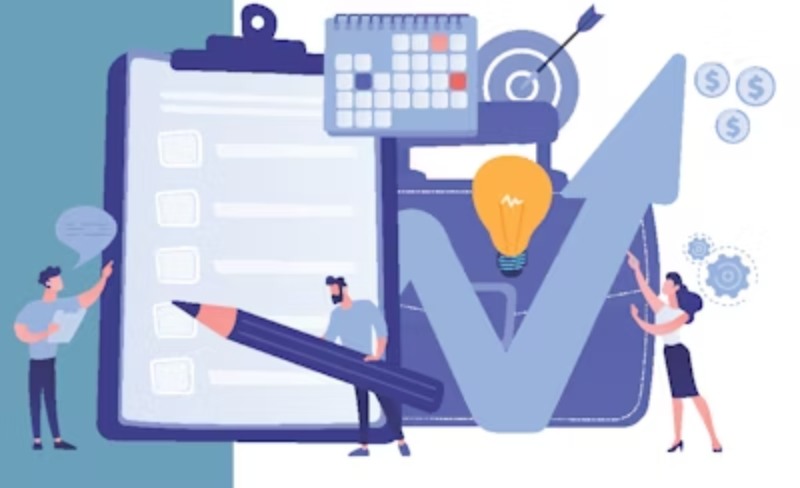
Why Communication is Important For an Effective Vertical Business in Packaging
- Business
- June 29, 2024
No matter how sophisticated the gear, a packaging equipment installation can quickly go wrong if the OEM and CPG do not communicate well.
That’s according to PMMI Business Intelligence’s 2024 report, “Transforming Packaging and Processing Operations,” which includes insights from industry executives at the 2024 Top to Top Summit.
Participants agreed that early and open communication is critical for a successful vertical startup. OEMs and end users must have open, detailed discussions about project goals, expectations, and potential obstacles from the beginning. Transparent communication aids in goal alignment and the establishment of realistic timetables, both of which are critical for reducing starting times.
One Summit panelist stated that the process begins with the request for proposal (RFP), emphasizing the importance of “getting an understanding of what the CPGs are looking for, understanding what their scope is, understanding what their timeline is, making sure we’ve got that communication from day one, and appreciating that things can change along the way.”
Panelists and participants all agreed that the success of a vertical company is strongly dependent on the human factor, which includes trust, communication, and a thorough grasp of each other’s needs and talents.
Working together throughout the project to create a successful vertical business in packaging
Early communication goes hand in hand with collaboration throughout the project, from planning and design to execution and post-SAT changes.
Ensuring communication throughout the process ensures that all stakeholders are on board with the FAT and the endeavor to launch a vertical startup.
One Summit table summed it up by saying, “You get out what you put in.”
It was suggested that when numerous OEMs are participating in major installations, everyone attend the same meetings because personal interactions are essential.
“When you make that connection, you become friends,” explained one participant. “So, when your friend is in need, you will help him. “You are going to communicate.”
Continuous Learning and Adjustment
The panelists acknowledged that creating a vertical company is an iterative process that may require modifications and refinements even after the initial execution. Continuous learning from each startup experience and applying what is learnt to future projects can improve outcomes.
One of the Summit’s tables urged OEMs to “ask the questions that the CPGs don’t know to ask,” as subject matter experts. They also recommended that OEMs conduct “30-day follow-ups after the successful startup to go in and make sure we’re hitting all those key metrics.”
Having OEM technicians on-site following the SAT to speed up the vertical startup was suggested as a means of establishing effective vertical startups. One participant mentioned that while service personnel are on-site and everything is running smoothly, they might be training others.
“It is not a wasted investment for the OEM to stay on site that additional time to ensure the success of our partners there,” the individual stated.